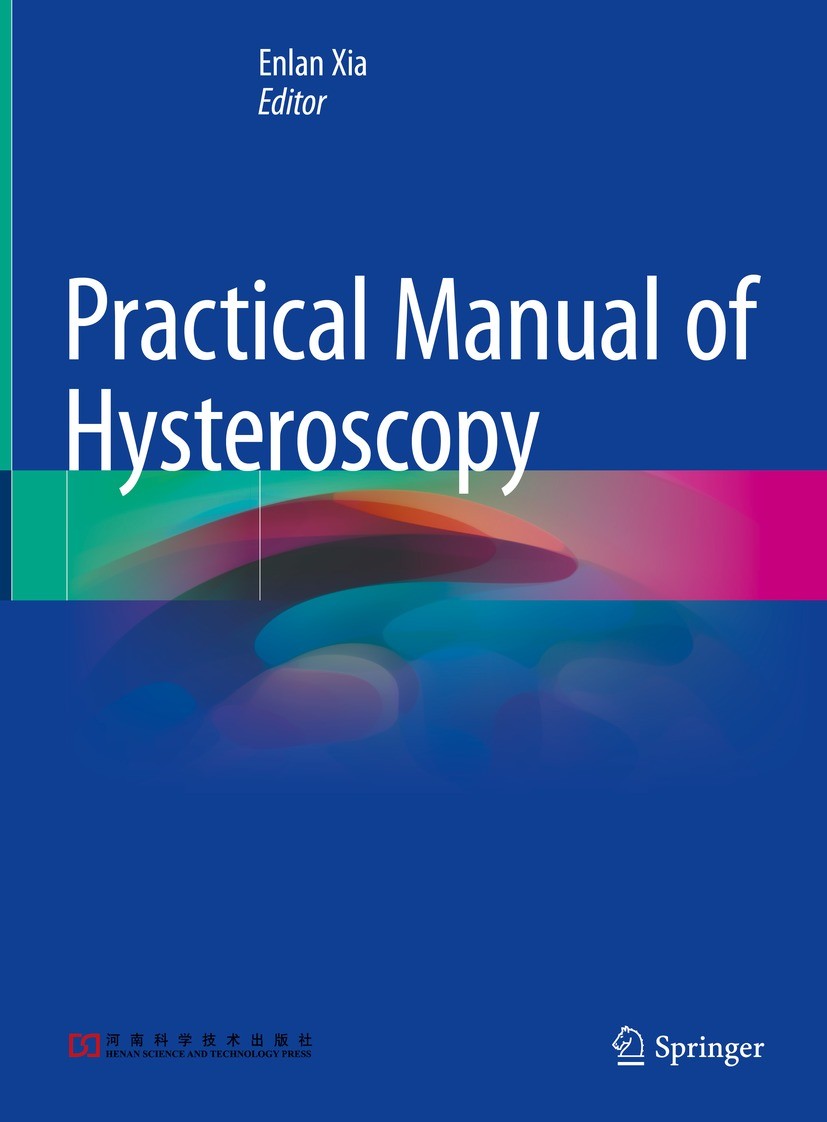| 书目名称 | Practical Manual of Hysteroscopy |
| 编辑 | Enlan Xia |
| 视频video | http://file.papertrans.cn/754/753127/753127.mp4 |
| 概述 | Tips in performing diagnostic and operative hysteroscopy.Advanced techniques of combined hysteroscopy with laparoscopy.Written by experts with extensive experience in the field |
| 图书封面 |  |
| 描述 | This book aims to provide readers with the latest information on application of hysteroscopy in diagnosis and treatment of gynaecological diseases. The first chapters systematically review current status, equipment and instruments, applied anatomy, preoperative treatment and anesthesia for hysteroscopic surgery. In the following chapters, details in aspect of hysteroscopy from diagnostic to hysteroscopic surgery are explained with clinical cases. After that, advanced techniques in hysteroscopy combined with laparoscopy and ultrasound monitoring hysteroscopic surgery are introduced with high-resolution illustrations. Written by experts with wealthy experience in the field, this book will be a valuable reference for gynecologists at hysteroscopy units, reproductive units, gynecological and oncological units.. |
| 出版日期 | Book 2022 |
| 关键词 | Hysteroscopy; Hysteroscopic myomectomy; Hysteroscopic endometrial polypectomy; Hysteroscopic diagnosis; |
| 版次 | 1 |
| doi | https://doi.org/10.1007/978-981-19-1332-7 |
| isbn_softcover | 978-981-19-1334-1 |
| isbn_ebook | 978-981-19-1332-7 |
| copyright | Henan Science and Technology Press 2022 |
 |Archiver|手机版|小黑屋|
派博传思国际
( 京公网安备110108008328)
GMT+8, 2025-11-22 09:42
|Archiver|手机版|小黑屋|
派博传思国际
( 京公网安备110108008328)
GMT+8, 2025-11-22 09:42


